How Kirmell Nesting Plugs Keep Your Warehouse Organised
In a busy warehouse, small parts often do the heavy lifting. Nesting plugs are a perfect example. They don’t look impressive at first glance, but they make stacked storage safer, tidier, and more efficient. When used correctly, they reduce product damage, cut handling time, and help you use space more effectively—all while keeping staff and equipment safer.
This guide explains how nesting plugs work, why they matter, and how Kirmell’s UK-made range helps you build stable, well-organised stacks that perform day in, day out.
What do Nesting Plugs Do?
Nesting plugs (also called nesting cups or stillage plugs) sit on the top surface of a pallet or stillage. Their recessed shape acts as a socket. When you place a second pallet or stillage on top, its feet drop into that socket. The result is a neat, interlocked stack that resists sliding and tilting.
Think of stacking mugs in a cupboard: each one settles into the one below so the column stays straight. A Nesting plug brings that same “settled” feeling to pallets and stillages on an industrial scale.
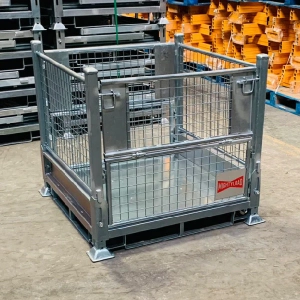
Safety First: Fewer Slips, Tilts and Near-misses
Unstable stacks create risk. Without a positive locating point, the upper unit can creep sideways after a bump from a forklift, a sharp turn, or vibration. Nesting plugs add positive location, so the upper unit sits where it should and stays there.
Benefits you’ll notice on the floor:
- Straighter stacks: Columns line up cleanly, which reduces side-loading and twist in the frame.
- Fewer near-misses: The interlock helps prevent those small shifts that turn into big problems during a lift.
- Predictable handling: Drivers learn quickly how stacks behave, which makes movements smoother and faster.
For everyday stacking stability, consider KPF55 Steel Nesting Plugs. These standard plugs give you a reliable, repeatable socket for general warehouse use, ideal when you want simple, consistent interlocking without fuss.
Space You Can Actually Use
Most sites run out of floor space before they run out of height. Nesting plugs unlock that vertical capacity. By stabilising each level, they let you build taller, safer stacks that keep aisles clear and workflows smooth. That directly supports:
- Higher storage density in the same footprint.
- Cleaner traffic lanes, because fewer stray pallets sit on the floor.
- Faster picking and putaway, thanks to tidier, more predictable stacks.
And because better stacks behave better on the truck, you can often load more per trip with fewer load bars and less re-strapping. That’s space efficiency inside the warehouse and cost efficiency on the road.
Where stillages and cages need a snug, anti-slip seat, Kirmell’s KPF72L Half-Moon Steel Nesting Plug shines. The cut-out profile helps feet settle positively, which is valuable in busy areas with constant lift-and-place cycles.
Less Damage and Lower Cost
Damage rarely comes from one big incident. It’s usually a chain of small movements: a tiny shift here, a slight tilt there, and then a scuff, dent, or split package. Nesting plugs break that chain. Because feet “sit in” the socket, you get:
- Less rubbing and chafing between stacked units.
- Fewer topple risks when floors are uneven or the mast jolts.
- Calmer loads in transit, so goods arrive as loaded.
Add it up and you cut rework, write-offs, and returns. You also reduce time lost to tidying fallen stacks or re-wrapping loose loads.
Simple to Use, Quick to Learn
A good nesting plug is intuitive. Operators feel the seat when the upper unit settles into place. That tactile feedback lowers training time and helps new staff stack safely from day one. It also speeds up cycle times because drivers don’t have to nudge and re-nudge pallets to find a stable position the socket does the aligning for them.
Built to Work: Why Kirmell Uses Pressed Mild Steel
In real warehouses, fittings get knocked, dragged, and used all day. That’s why material matters. Kirmell manufactures nesting plugs from pressed mild steel to achieve a strong, repeatable shape that stands up to heavy, frequent handling. Press tooling keeps dimensions consistent across batches, which means:
- Reliable fit between feet and socket.
- Predictable stacking behaviour across your fleet of stillages and pallets.
- Long service life, even under demanding cycles.
Heavy-duty option: If your stacks carry dense parts or you’re pushing height and weight, look at KPF80 Steel Nesting Plugs. The robust construction is designed for repeated heavy stacking with a dependable seat every time.
Where Nesting Plugs Make the Biggest Difference
You’ll see benefits anywhere you stack, but the impact is most obvious in:
- Automotive and engineering: Heavy components sit squarely, reducing frame stress.
- Construction materials: Long or dense items stay aligned, so stacks don’t “walk” over time.
- Retail distribution: Seasonal peaks demand extra height; plugs keep towers tidy and safe.
- Third-party logistics (3PL): Mixed freight moves smoothly when stacks behave consistently.
- Manufacturing WIP: Work-in-progress stays organised and traceable between stations.
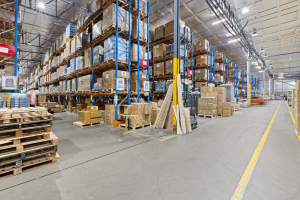
Selecting the Right Nesting Plug for Your Site
Every warehouse or manufacturing facility has different storage conditions, equipment, and load requirements, so there’s no one-size-fits-all solution when it comes to nesting plugs. Selecting the right plug means looking closely at how your pallets and stillages are used day to day, what kind of loads they carry, and how often they’re stacked or moved. Below are the key factors to consider in detail.
Foot Geometry and Size
The first and most critical step is matching the nesting plug to your pallet or stillage foot design. Each plug has a specific recess diameter or profile (round, square, or half-moon) that determines how securely it will hold the foot above.
If the recess is too small, the foot won’t seat properly, leaving the stack unstable. If it’s too large, the foot can shift inside the plug. Always measure the outside diameter or shape of your pallet foot and choose a plug that provides a snug, centred fit.
Load and Stack Height
The weight of your goods and the height of your stacks put direct pressure on the interface between the pallet foot and the nesting plug. The heavier the load, the stronger and deeper the plug needs to be.
A plug that’s too shallow may allow the foot to tilt under pressure, especially when forklifts move the stack. For tall or heavy-duty stacks such as those found in automotive, steel, or construction material storage it’s better to use plugs made from thicker mild steel with a deeper recess.
Handling Pattern
Consider how frequently your pallets and stillages are lifted, moved, or restacked. In a high-turnover warehouse, plugs are exposed to constant impact, vibration, and friction. Over time, this repeated handling can wear down the plug edges or deform the surface if the material isn’t strong enough.
For high-traffic operations for instance, in 3PL warehouses or busy manufacturing plants — choose pressed mild steel plugs that can resist repeated mechanical stress. Their shape and depth help the feet “find” the recess quickly, improving speed and reducing alignment errors.
In contrast, if you operate in low-movement environments such as long-term storage or cold warehouses, you can focus more on corrosion protection and precise fit than on wear resistance.
Surface Condition
The condition of your warehouse floor and racking surfaces also affects plug performance. Uneven or slightly sloped floors can cause stacked stillages to lean. In these situations, plugs with a confident seat and defined edge like the KPF72L help maintain alignment even if the surface isn’t perfectly flat.
For smooth concrete or epoxy-coated floors, standard flat plugs are sufficient, but you should still ensure the plug is installed on a clean, level base plate. Dirt, welding residue, or small bumps under the plug can create uneven pressure points that reduce stability.
Regular floor inspections and plug maintenance (checking for bent edges or loose welds) can make a big difference to overall stack safety.

Fleet Consistency
If your warehouse runs hundreds of pallets and stillages, standardisation becomes your best ally. Mixing different plug types, shapes, or sizes can confuse operators and increase the risk of mismatched stacking.
By using the same foot-and-plug combination across your fleet, you simplify training and improve speed. Operators instinctively learn the feel of a proper seat, and maintenance teams can replace parts without sorting through multiple sizes.
Kirmell offers a wide range of standard nesting plugs, but we also manufacture custom-sized solutions for companies that want to standardise around a specific design. Once the right fit is established, we can supply consistent batches to ensure perfect interchangeability across your equipment. Check out our nesting plugs collection here.
Installation and use: getting the best from your plugs
- Mount on sound frames: Ensure the landing surface is flat, clean, and strong enough for the stack.
- Position consistently: Keep plug locations uniform so every unit stacks the same way.
- Train for “feel”: Teach operators to lower until they feel the seat, then stop—no jolting required.
- Inspect on the go: During routine checks, look for deformation or looseness and replace worn parts promptly.
- Document limits: Post clear guidance for maximum stack height and load per level.
These small habits create a consistent stacking “language” across shifts and teams. Also read How Nesting Plugs Reduce Damage During Storage and Transport.
Organised Stacks = Organised Workflow
Safety is the non-negotiable, but organisation is the everyday win. With nesting plugs, stacks look straight. That visual order makes aisles calmer, counts cleaner, and audits faster. It’s easier to allocate space, stage loads, and track inventory when towers don’t drift or lean.
In short, neat stacks make a neat warehouse, and neat warehouses move more with less effort. If you want some additional tips on how to keep your warehouse organised, then check out the tips for an efficient warehouse storage system and management.
Why Choose Kirmell Nesting Plugs?
Since 1985, Kirmell Ltd has been manufacturing pallet feet and nesting plugs in the UK under ISO 9002 / EN 29002 quality systems. Our focus is simple: repeatable fit, dependable strength, and long service life. Because we press our plugs from mild steel with tightly controlled tooling, you get the consistency that operators feel and supervisors trust.
We support sites that need standard, proven parts, and we also advise on choosing the right profile for your fleet and handling pattern. If you run bulk programs or need a steady stream of replacements for a large operation, our team can set up reliable supply so you never pause for parts.
Conclusion
Choosing the right nesting plug isn’t just about picking a size — it’s about ensuring long-term safety, performance, and consistency in your warehouse operations. The right fit prevents tilting and damage, supports efficient stacking, and helps your team work faster with confidence.
Whether you need standard, half-moon, or heavy-duty options, at Kirmell we provide reliable, British-engineered solutions that match your stillages and pallet feet perfectly.
If you’re unsure which plug suits your load type or stacking setup, contact our team for expert guidance. We’ll help you find the plug that offers the best balance of strength, safety, and compatibility, all proudly made in the UK.
FAQs
Where can I buy nesting plugs in the UK?
Do Kirmell offer bulk or trade discounts for large orders?
Do Kirmell products meet quality standards?
What other components does Kirmell manufacture?
How do nesting plugs contribute to long-term warehouse efficiency?

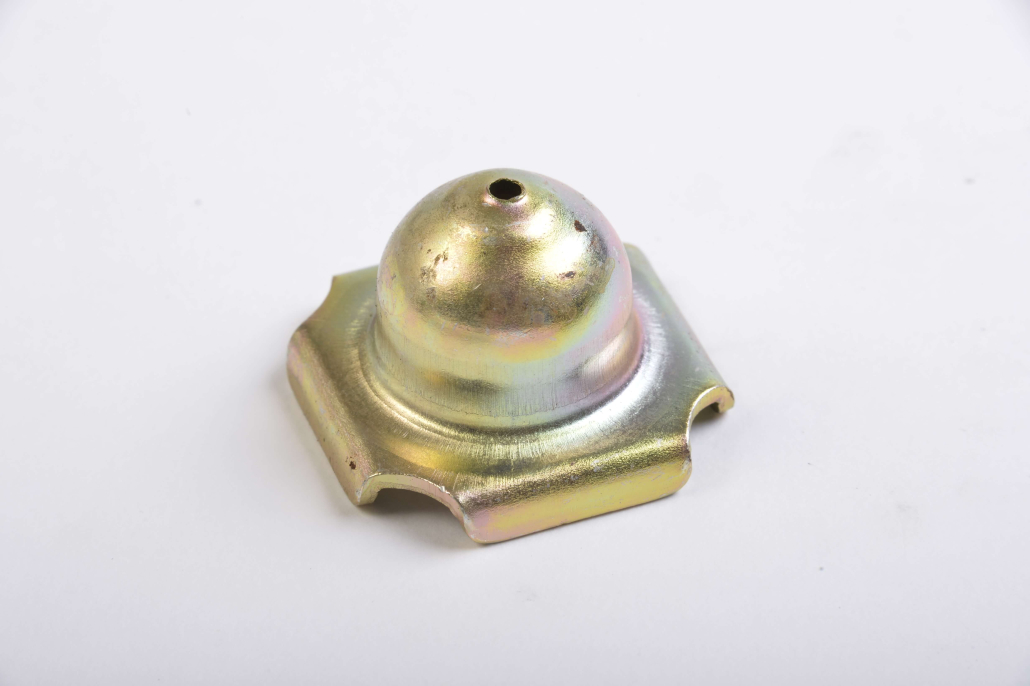
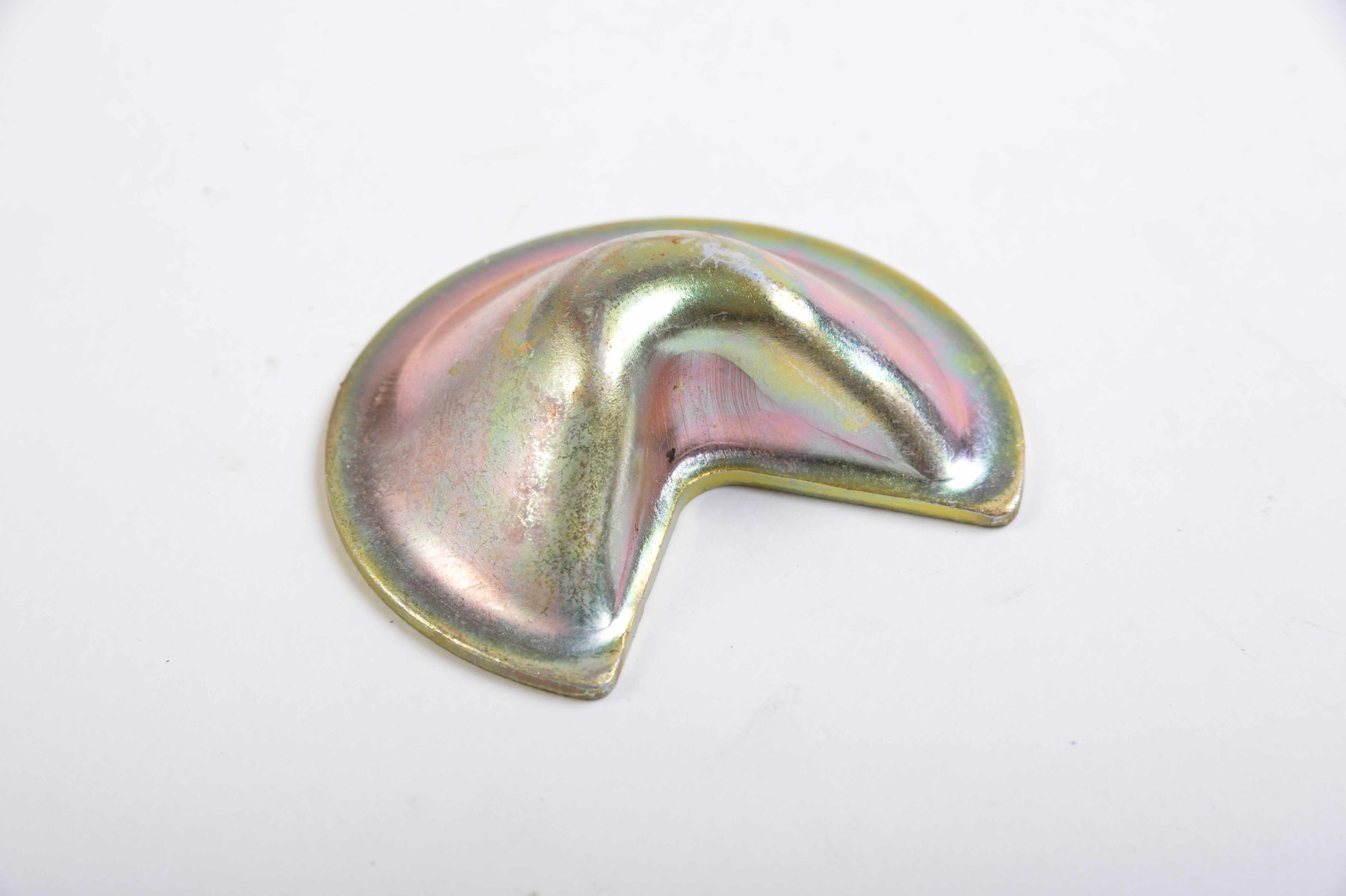
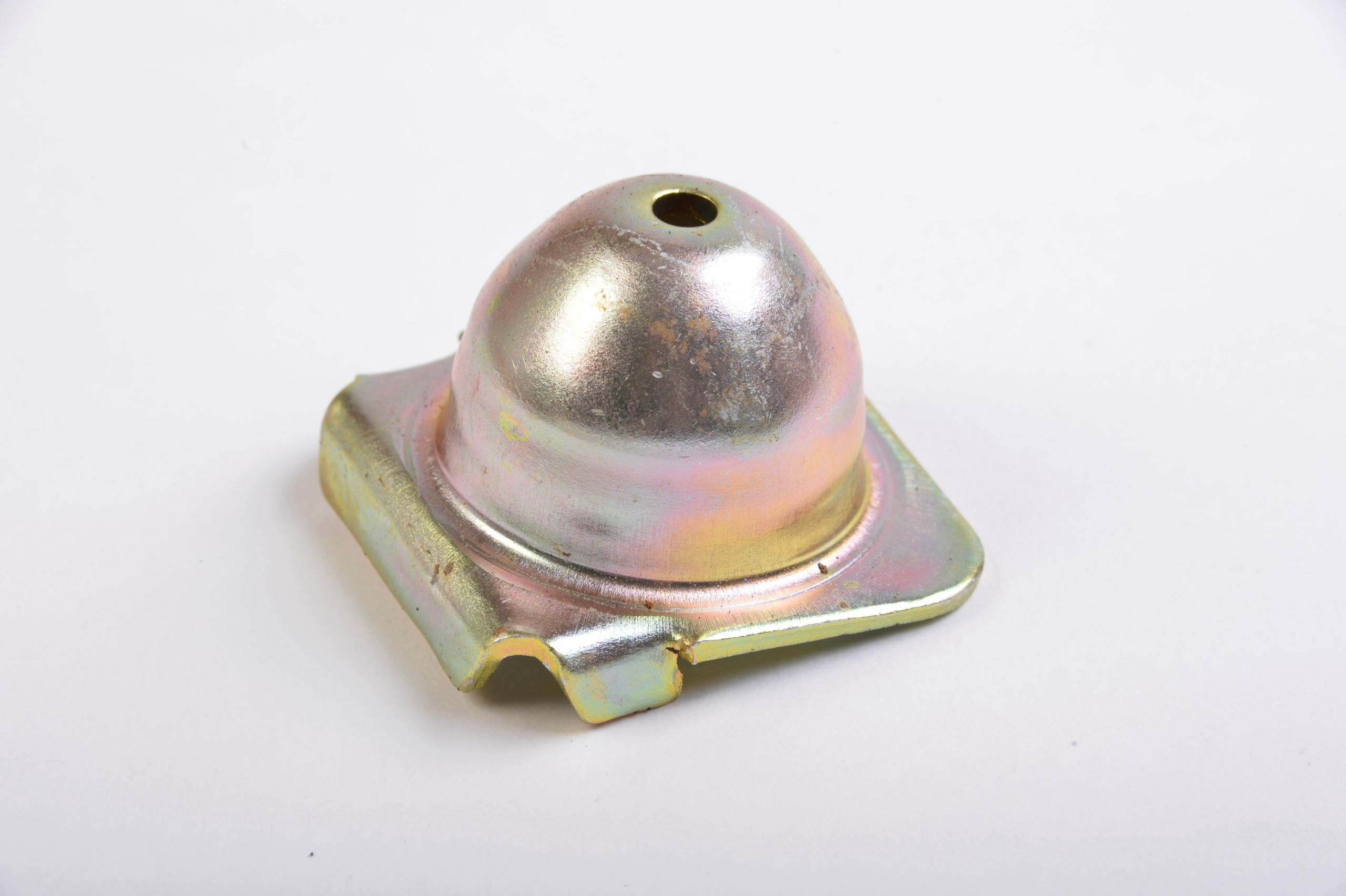



Leave a Reply
Want to join the discussion?Feel free to contribute!